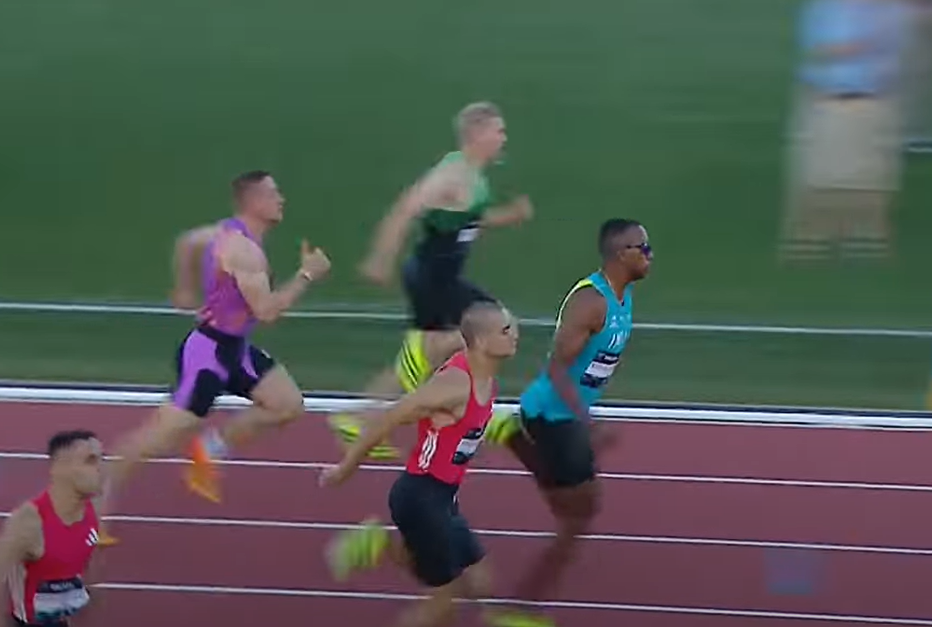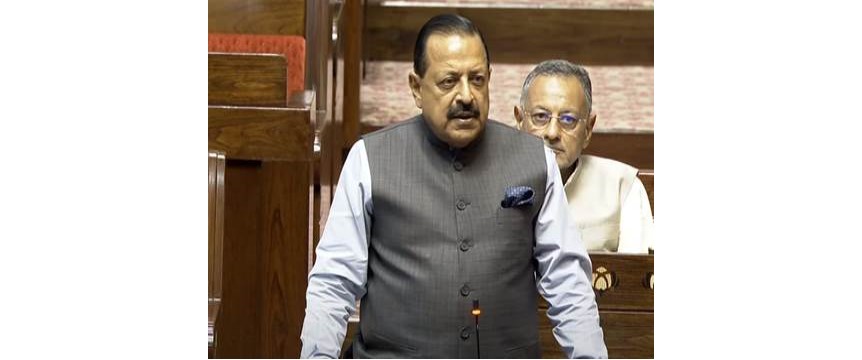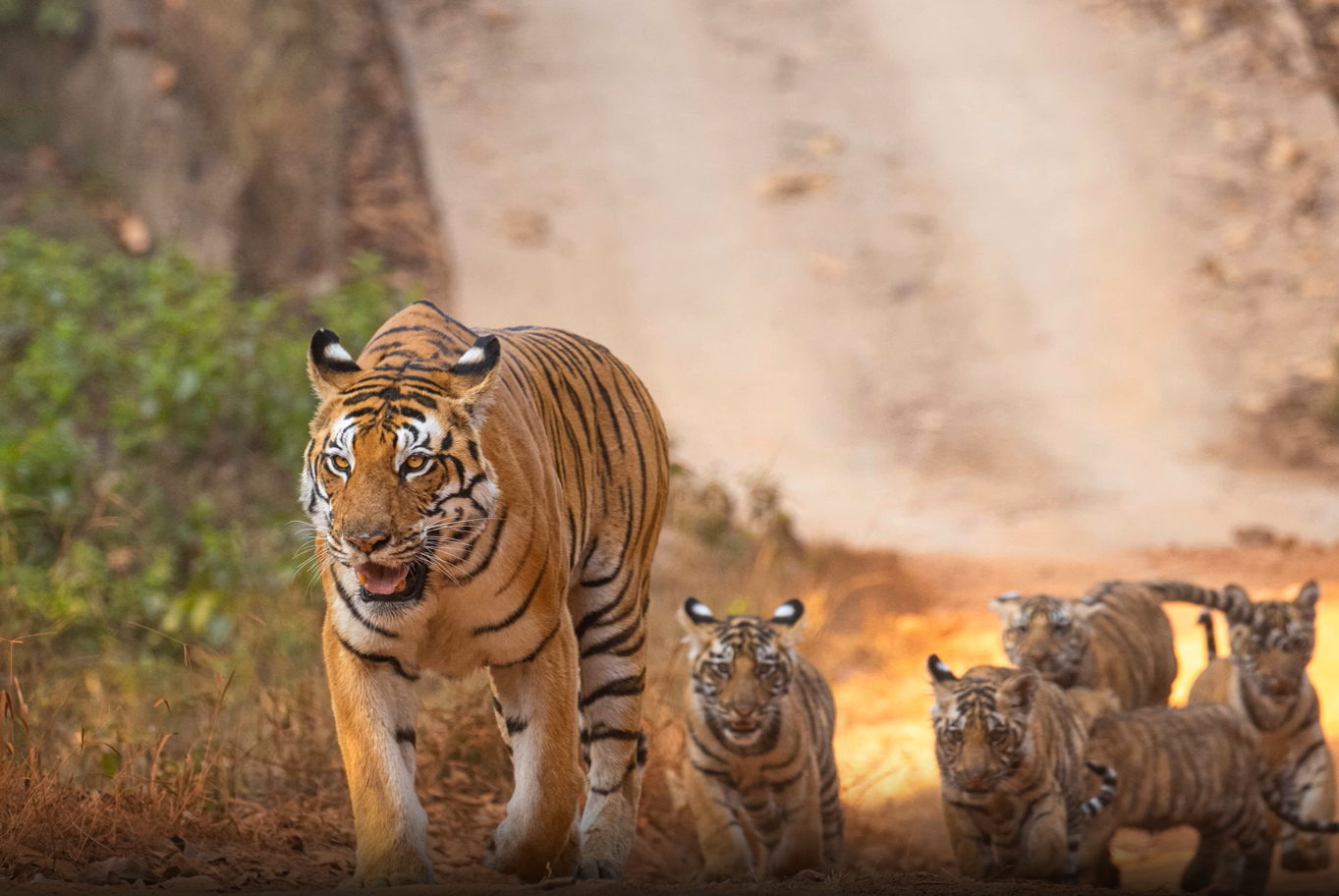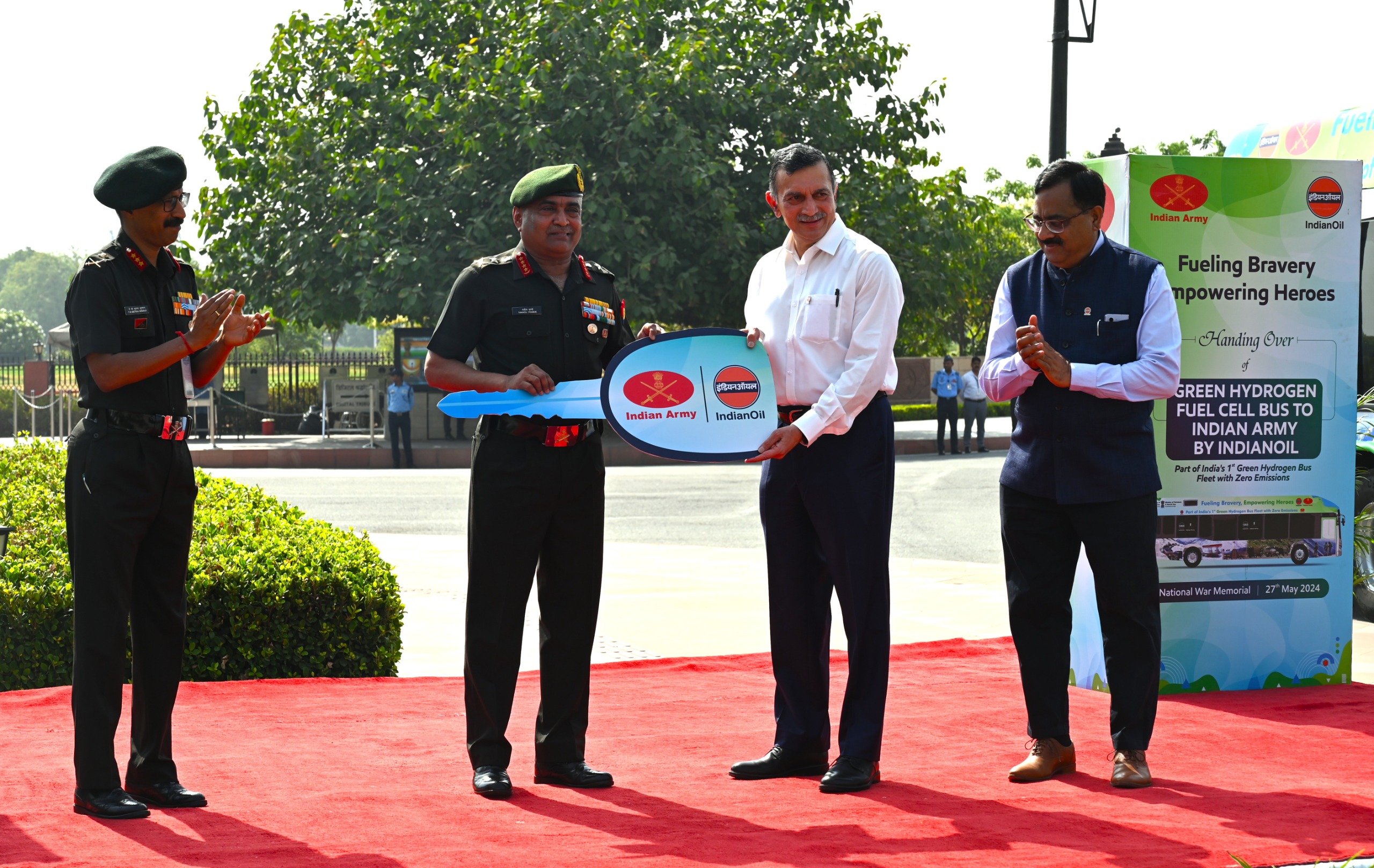Early this month, a new star stormed his way into Indian athletics history even as the nation remained obsessed with Test Series in England and the Chess World Cup. On July 5, 2025, Animesh Kujur (22), hailing from a tribal village in Chattisgarh, etched his name as the fastest Indian at the Dromia International Sprint and Relays Meeting in Vari, Greece.
In a thrilling display of speed and determination, Kujur clocked an astounding 10.18 seconds in the Men’s 100-meter race (Final 2, with a wind assistance of +0.5 m/s), shattering the existing national record and becoming the first Indian sprinter to break the elusive 10.20-second barrier.
If you’re a lover of track-and-field events, the sight of the tall, muscular Indian dashing past the finish line ahead of sprinters from across the world could give you goosebumps. The race saw Kujur competing against a field of international sprinters, including Sotirios Gkaragkanis of Greece (10.23s), Samuli Samuelsson of Finland (10.28s), Vasileios Myrianthopoulos of Greece (10.33s), Ján Volko of Slovakia (10.34s), Franco Florio of Argentina (10.52s), and Theodoros Vrontinos of Greece (10.53s). Kujur’s dominant performance secured him the top spot in his heat, marking a significant milestone in his burgeoning career.
Born on June 2, 2003, in Chhattisgarh, Animesh has recently shattered major national records in sprinting. This historic run made him the first Indian sprinter to break the 10.20-second barrier. Kujur also holds the national records for the 200 meters (20.32 seconds in 2025) and the 4 x 100 meters relay (38.69 seconds in 2025). His 200m record was initially set at the Federation Cup 2025 in April with a time of 20.40 seconds, which he later bettered. He made history by becoming the first Indian sprinter to race on the Diamond League circuit, finishing fourth in an invitational 200m event.
Kujar’s journey began in a tribal village in Chhattisgarh. Initially starting as a football player where his speed was first noticed, Animesh, who enrolled in the Sainik School at Ambikapur which emphasized physical training, later shifted to sprinting. His father, a former athlete now employed with the Chhattisgarh police, played a significant role in his early development.
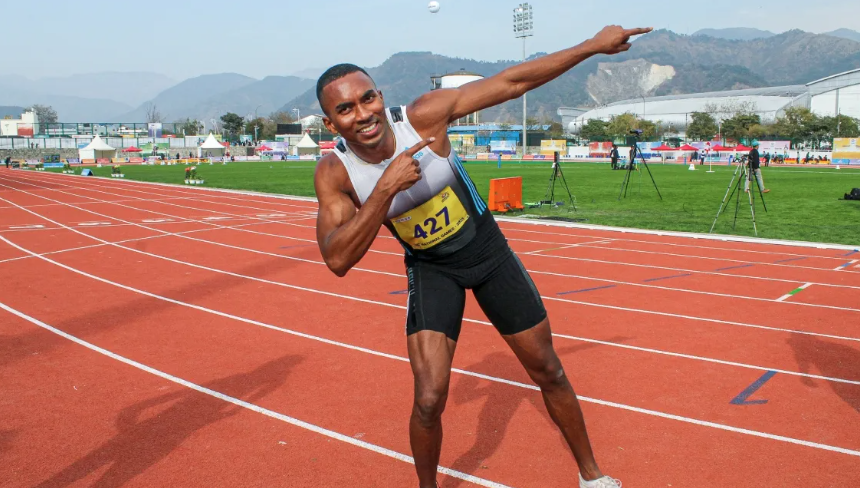
Global Standing and Comparison
Animesh Kujur’s recent performances have significantly elevated his standing in the global sprinting arena. According to World Athletics, he is currently ranked #39 in the Men’s 200m and #219 in the Men’s 100m. While these rankings show his emerging presence, he still has a considerable journey to reach the top tier of international sprinters, who consistently run sub-10 second 100m races and sub-20 second 200m races.
His national records are a strong foundation, but the global elite operate at a different level of consistency and speed. For instance, the current world record in the men’s 100m is 9.58 seconds, held by Usain Bolt, and the top sprinters regularly clock times in the 9-second range. Kujur’s ambition to run the 100m in under 10 seconds highlights his drive to bridge this gap and compete with the world’s best.
Standing at 6 feet 2 inches (188 cm) and weighing approximately 65 kg, Animesh possesses a lean and athletic build characteristic of top-tier sprinters. When compared to global legends like Usain Bolt and Carl Lewis, some interesting physical distinctions emerge. Usain Bolt, the Jamaican sprint king, is notably taller at 6 feet 5 inches (196 cm) and heavier, typically around 94 kg (207 lbs). His extraordinary height allowed for fewer, yet longer, strides, a unique advantage in the latter half of the 100m race.
Carl Lewis, an American icon known for both sprinting and long jump, stands at 6 feet 2 inches (188 cm), similar to Kujur, but generally weighed around 79 kg (175 lbs). While Kujur matches Lewis in height, his lighter frame suggests a potentially different power-to-weight ratio and stride mechanics. Bolt’s towering presence and powerful build were exceptional, while Lewis combined height with significant strength.
Kujur’s physique, while not as imposing as Bolt’s, is well-suited for explosive power and speed, aligning more closely with the classic sprinter’s build seen in many successful athletes. His ongoing scientific approach to nutrition and strength training aims to optimize his physical attributes for peak performance.
Training Regimen and Coaching
Animesh Kujur’s remarkable progress is a testament to his rigorous training regimen and the guidance of his coaches. He primarily trains under Martin Owens, the chief coach at the Reliance Foundation. Owens’ strategy focuses on providing Kujur with exposure at international events and expanding his range of movement. Kujur also works with Chris Woolley, a strength and bobsleigh performance coach, who helps him hone his physical conditioning.
His training involves intense drills, including repeated 300m runs for endurance. Kujur has expressed that even a short period of training with Owens has made a significant difference in his performance, highlighting the effectiveness of their collaboration. He is also keen to train with faster international sprinters to further gauge and improve his timings.
Beyond physical training, Kujur’s diet has also undergone a significant transformation. He has moved from a traditional Indian diet of rice, dal, and sabzi to a more scientifically balanced nutrition plan, which has helped him reduce his body fat percentage to around seven per cent. This holistic approach to training and nutrition is crucial for his continued development as a world-class sprinter.
His first coach, Dinesh Tandi, recognized Kujur’s immense potential early in his career, leading to support from a major foundation. This early identification and subsequent professional guidance have been instrumental in shaping his journey from a tribal village to the global track.
Animesh Kujur’s emergence marks a new chapter in Indian sprinting. Historically, Indian athletics has seen legends like Milkha Singh, ‘The Flying Sikh,’ who achieved remarkable feats in the 400m, and P.T. Usha, the ‘Payyoli Express,’ who dominated the track in various sprint and hurdle events. While their eras and primary distances differ, their pioneering spirit and international recognition set a high bar for Indian athletes.
In the contemporary landscape, Kujur stands out. His 100m national record of 10.18 seconds surpasses previous bests held by sprinters like Amiya Kumar Mallick (10.26s) and Gurindervir Singh (10.20s). Amlan Borgohain, another prominent Indian sprinter, also held national records in both 100m and 200m. Kujur’s current 200m national record of 20.32 seconds also places him ahead of previous record holders.
What distinguishes Animesh is not just breaking these records, but consistently pushing the boundaries, becoming the first Indian to run sub-10.20 seconds in the 100m. His consistent international exposure, facilitated by his current coaching setup, also provides him with a crucial advantage that many past Indian sprinters lacked, allowing him to regularly compete against and learn from the world’s best. This exposure is vital for bridging the gap between national dominance and global competitiveness.
Animesh Kujur’s record-breaking performances have not only captivated the nation but also garnered significant attention and praise from his coaches and fellow athletes. His chief coach, Martin Owens, has consistently expressed confidence in Kujur’s potential, noting that his recent achievements are just the beginning. Owens emphasizes the importance of international exposure and expanding Kujur’s range of movement, a strategy that has clearly paid dividends. He has also highlighted Kujur’s dedication, recalling instances where Kujur, despite facing challenges like strong headwinds in races, remains focused on improvement. Kujur himself has playfully challenged Owens, stating, “I will qualify for the World Athletics Championships, stop worrying!” showcasing his determination and belief in his abilities.
Dinesh Tandi, Kujur’s first coach, played a pivotal role in identifying his raw talent. Tandi has spoken about recognizing Kujur’s immense potential early on, which led to crucial support from a major foundation. This early mentorship laid the groundwork for Kujur’s professional career. The general sentiment within the Indian athletics community is one of excitement and anticipation for Kujur’s future. His breakthroughs are seen as a significant step forward for Indian sprinting, inspiring a new generation of athletes to aim for global standards.
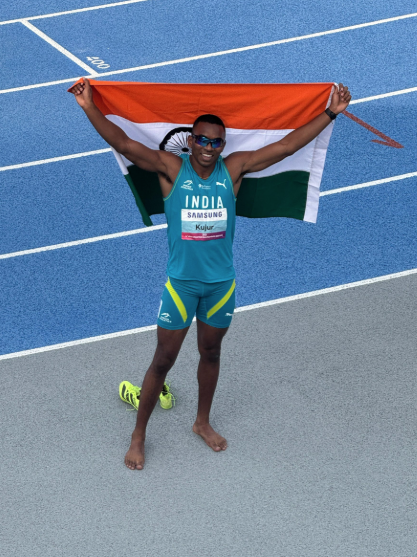
Animesh’s Future Potential
In the demanding world of sprinting, athletes typically reach their peak performance in their mid-20s, often between the ages of 25 and 27. This period allows for a full maturation of physical attributes, combined with years of specialized training, technical refinement, and competitive experience. At 22 years old, Animesh Kujur is still relatively young in his sprinting career, indicating a significant window for further improvement. His current national records, achieved at an age when many sprinters are still developing, underscore his exceptional talent and potential.
Factors that will influence Kujur’s continued improvement include consistent access to world-class coaching and training facilities, a meticulously managed diet and recovery program, and continued exposure to high-level international competition. The experience gained from racing against top global sprinters, even if he doesn’t win, provides invaluable lessons in race strategy, mental fortitude, and pushing physical limits.
Given his current trajectory, his dedication to a scientific approach to training and nutrition, and the support system around him, Animesh Kujur has the potential to not only further lower his national records but also to significantly climb the global rankings and potentially contend for major international medals in the coming years. His ambition to break the 10-second barrier in the 100m is a realistic goal as he approaches his athletic prime.
